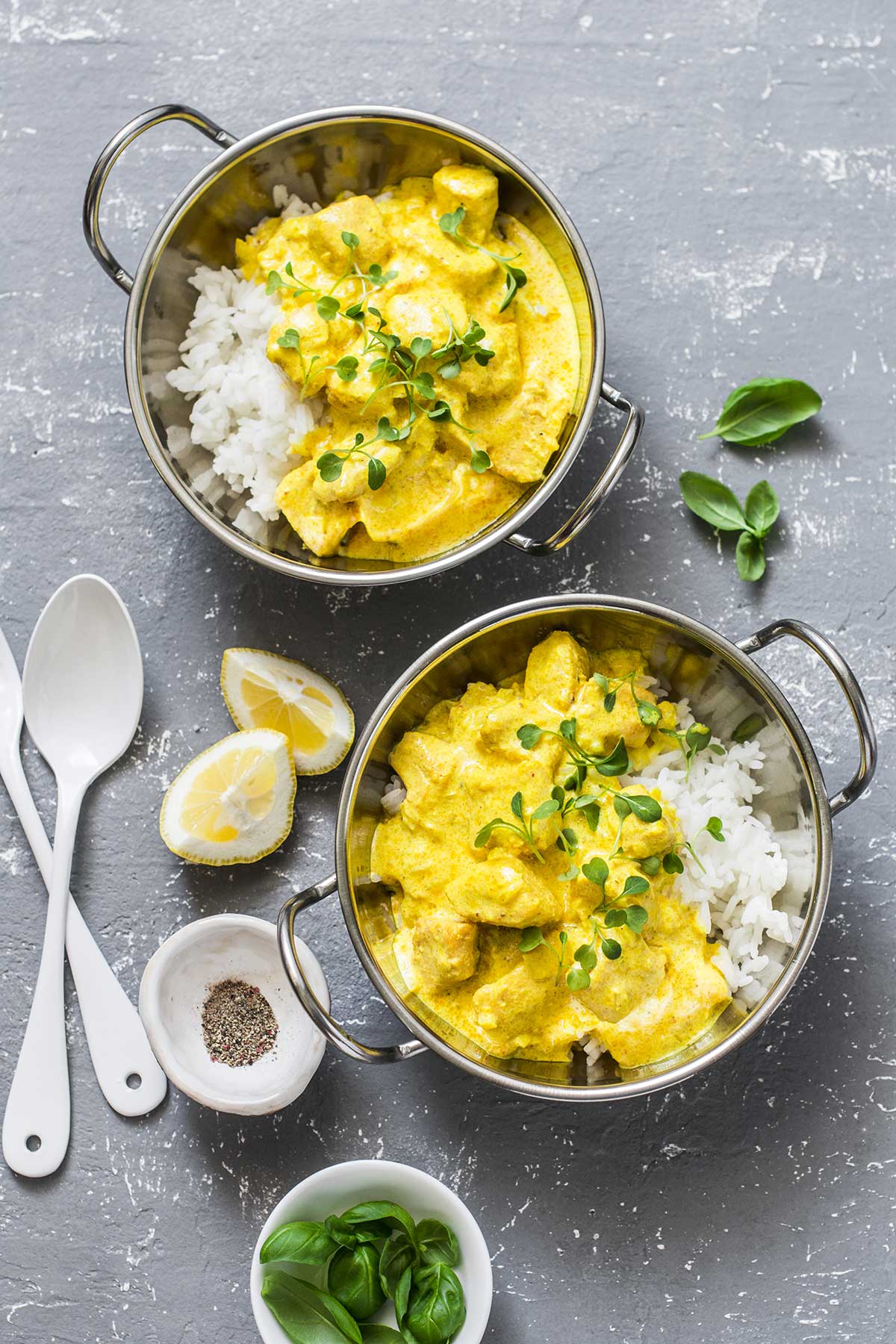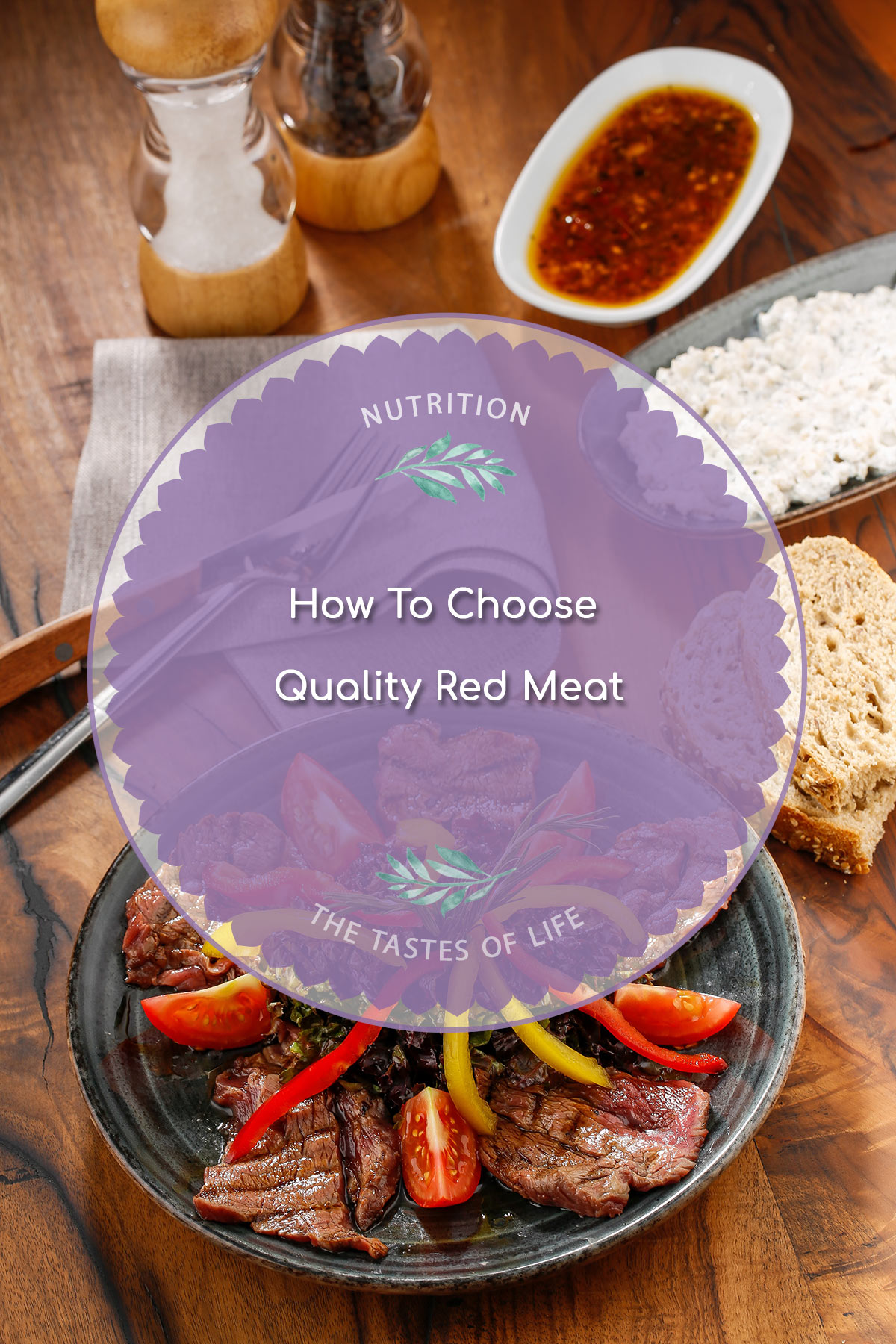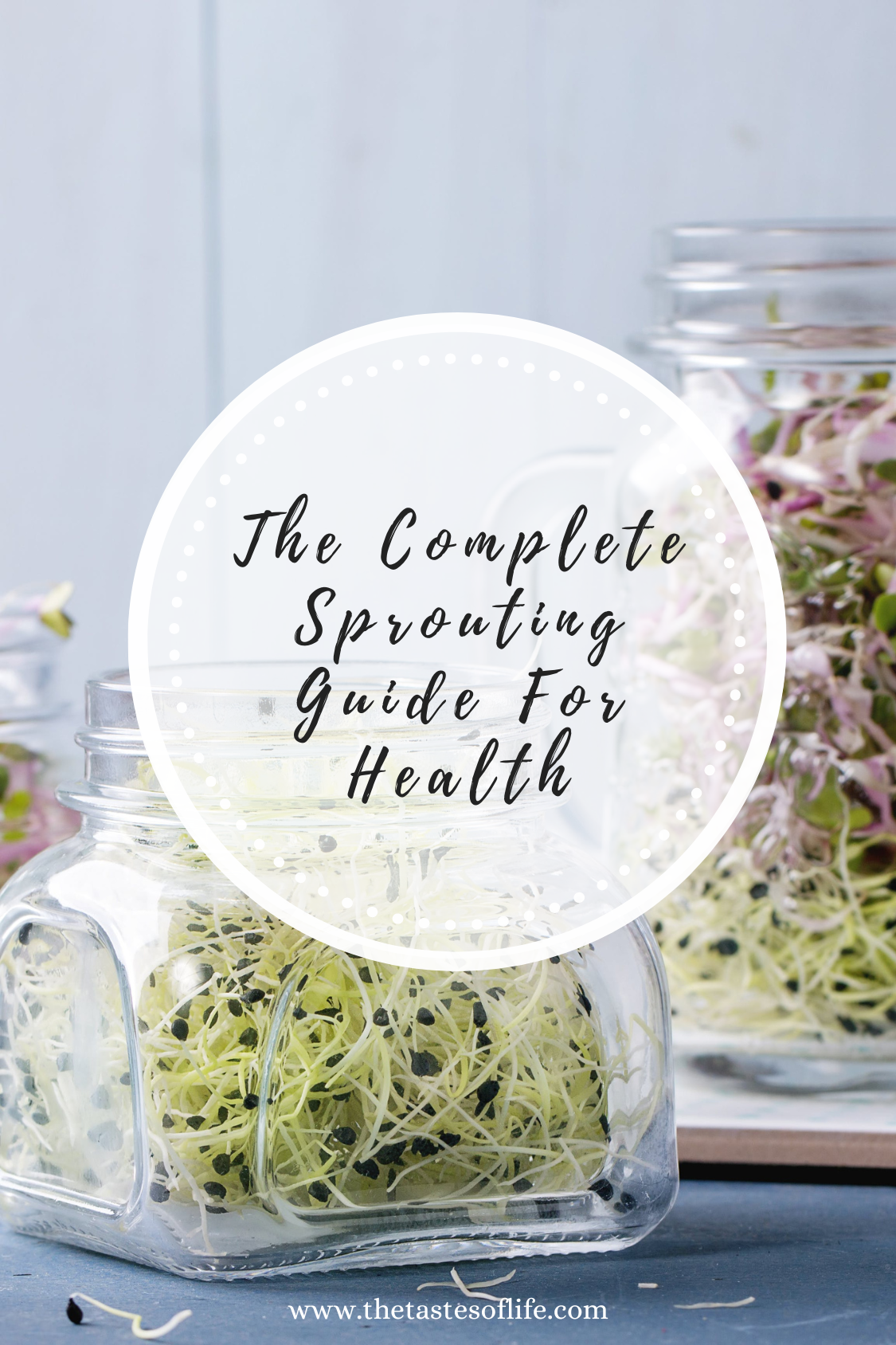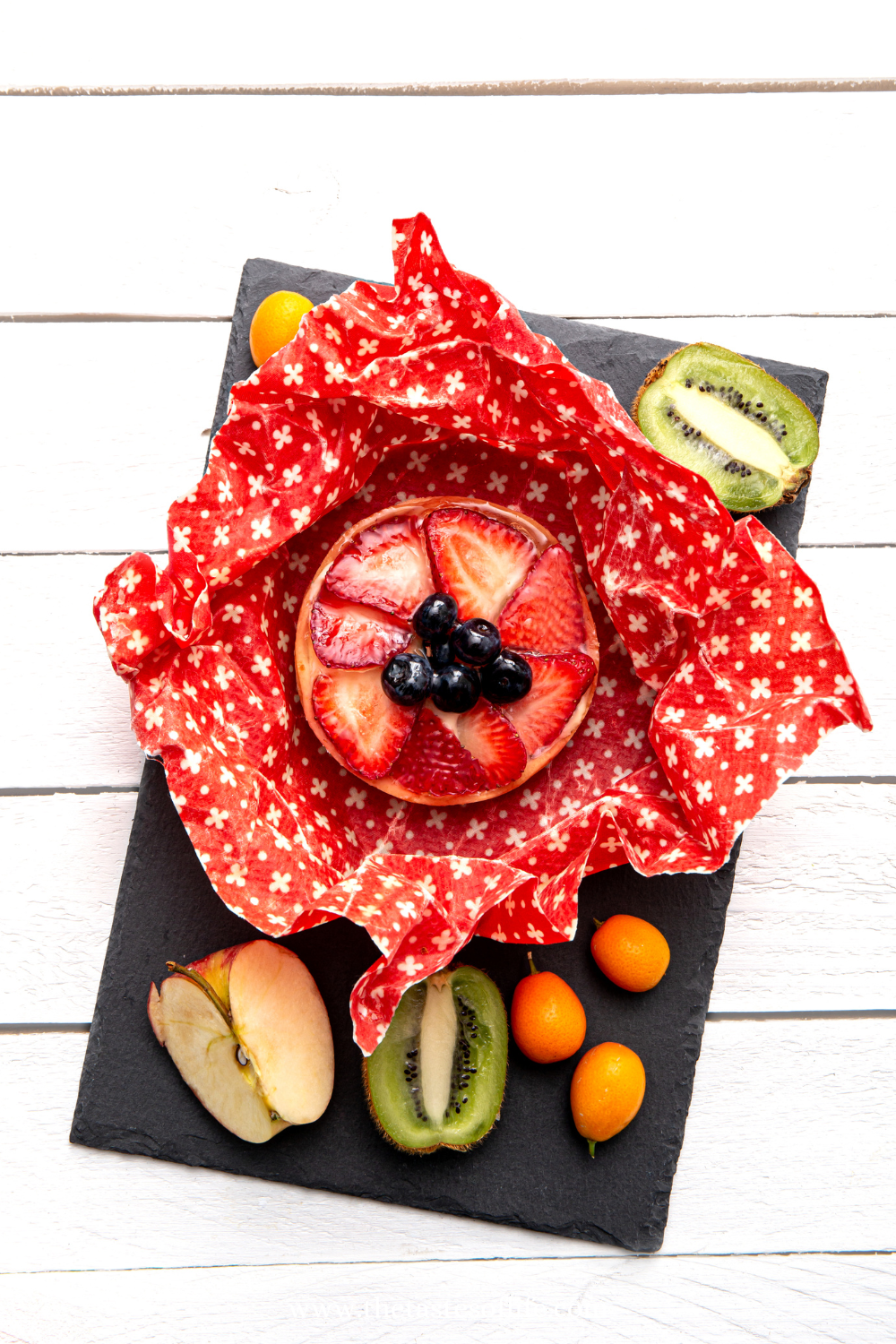A Guide to Vinegar And Its Culinary Uses
This guide to vinegar and its culinary uses will teach you all about vinegar and how to use it to make your dishes stand out.

What is Vinegar?
Vinegar is a culinary staple that has been enhancing dishes around the globe for centuries. From salad dressings to marinades, this versatile ingredient offers a unique combination of flavors and benefits. But what exactly is vinegar, and how can we harness its potential in the kitchen? Let’s dive into the world of vinegar, exploring its types, uses, and the magic it brings to our cooking.
Vinegar is a sour liquid produced through the fermentation of ethanol by acetic acid bacteria. It typically contains 4-8% acetic acid by volume, which gives it its distinctive tart flavor. The word “vinegar” comes from the French “vinaigre,” meaning “sour wine.”
Types of Vinegar and Their Origins
- White Vinegar: Made from distilled grain alcohol, this clear and sharp vinegar is ubiquitous in pickling and cleaning.
- Apple Cider Vinegar: Produced from fermented apple juice, it’s known for its mild fruitiness and is often used in salad dressings, marinades, and health drinks.
- Balsamic Vinegar: Originating from Modena, Italy, traditional balsamic vinegar is made from reduced grape must and aged for several years, resulting in a rich, complex flavor profile perfect for drizzling over salads, strawberries, or cheese.
- Red Wine Vinegar: Made from fermented red wine, it adds depth to marinades, dressings, and reductions.
- White Wine Vinegar: This vinegar, produced from fermented white wine, has a lighter flavor and is ideal for delicate sauces and dressings.
- Rice Vinegar: A staple in Asian cuisine, this mild and slightly sweet vinegar, made from fermented rice, enhances sushi rice, stir-fries, and dipping sauces.
- Malt Vinegar: Made from fermented barley, malt vinegar is famous for its use in British fish and chips.
- Sherry Vinegar: This vinegar comes from Spain. It is made from sherry wine and aged in barrels, imparting a nuanced, nutty flavor that is great for soups, stews, and glazes.

Vinegar, Its Culinary Uses And Benefits
Flavor Enhancement
Vinegar’s acidity brightens and balances flavors in dishes, counteracting sweetness or richness. A splash of vinegar in a sauce, soup, or stew can harmonize all the elements. If your dish lacks flavor, vinegar is there to rescue.
Tenderizing Meat
The acetic acid in vinegar breaks down proteins, making it an excellent marinade ingredient. It helps tenderize meat while infusing it with flavor. For instance, a simple balsamic vinegar, garlic, and rosemary marinade can transform a basic cut of meat into a succulent dish.
Preservation
Vinegar’s antimicrobial properties make it an effective preservative. Pickling, a method of preserving vegetables in vinegar, extends shelf life and adds a tangy crunch to produce. Classic dill pickles, pickled onions, and kimchi all owe their longevity and flavor to vinegar.
Balancing Act
In baking, vinegar can react with baking soda to produce carbon dioxide, helping doughs and batters rise. It also helps stabilize egg whites, making for fluffier meringues and soufflés.
Health Benefits
Certain vinegars, like apple cider vinegar, are touted for their health benefits, including aiding digestion, stabilizing blood sugar levels, and promoting weight loss. While scientific evidence varies, incorporating vinegar into your diet can contribute to overall wellness due to its probiotic nature and nutrient content.

Where is the Best Vinegar Made? Top Vinegar-Producing Regions
Vinegar, with its varied flavors and culinary uses, is produced worldwide. However, some regions are renowned for producing exceptional vinegar due to their unique ingredients, traditional methods, and local expertise. Here, we delve into some of the best vinegar-producing regions and what makes their vinegars stand out.
Modena, Italy: Balsamic Vinegar
What Makes It Special?
Modena, in the Emilia-Romagna region of Italy, is famous for its traditional balsamic vinegar. This vinegar is made from reduced grape must and aged in wooden barrels for at least 12 years, but often much longer.
Why It’s the Best:
- Quality Ingredients: Using Trebbiano and Lambrusco grapes grown in the region ensures a high-quality product.
- Aging Process: The aging process in various wooden barrels (cherry, oak, chestnut) imparts complex flavors.
- Protected Designation of Origin (PDO): Traditional Balsamic Vinegar of Modena (Aceto Balsamico Tradizionale di Modena) is PDO certified, ensuring it meets strict production standards.
Sherry Triangle, Spain: Sherry Vinegar
What Makes It Special?
Sherry vinegar comes from the Sherry Triangle in Andalusia, Spain, which encompasses the towns of Jerez de la Frontera, Sanlúcar de Barrameda, and El Puerto de Santa María. It is made from sherry wine and aged in a solera system.
Why It’s the Best:
- Unique Production Method: The solera aging system blends different vintages, creating a complex and nuanced vinegar.
- Rich Heritage: The region’s long history of sherry production contributes to the exceptional quality of the vinegar.
- Denomination of Origin (DO): Vinagre de Jerez (Sherry Vinegar) has a protected designation, ensuring it is produced according to traditional methods.

Orleans, France: Orleans Method Vinegar
What Makes It Special?
Orleans, a city in France, is renowned for its artisanal vinegar production using the Orleans method. This slow fermentation process dates back centuries.
Why It’s the Best:
- Slow Fermentation: The slow fermentation process at ambient temperatures produces vinegar with a refined flavor.
- Wooden Barrels: The use of wooden barrels for fermentation and aging adds depth and character to the vinegar.
- Historical Significance: Orleans has been a center for vinegar production since the Middle Ages, giving it a rich tradition of craftsmanship.
Higashimatsuyama, Japan: Rice Vinegar
What Makes It Special?
Japan, particularly regions like Higashimatsuyama, is celebrated for its delicate and slightly sweet rice vinegar, integral to Japanese cuisine.
Why It’s the Best:
- Premium Rice: Using high-quality rice, often locally grown, ensures a superior product.
- Traditional Brewing: The vinegar is brewed using time-honored methods, enhancing its subtle flavors.
- Culinary Importance: Japanese rice vinegar is essential in sushi preparation, highlighting its importance in the culinary tradition.
Mendoza, Argentina: Wine Vinegar
What Makes It Special?
In the heart of Argentina’s wine country, Mendoza is known for producing exceptional wine vinegars, especially red wine vinegar.
Why It’s the Best:
- Vineyard Quality: The region’s world-class vineyards provide high-quality wines used to make vinegar.
- Robust Flavor: The red wine vinegars from Mendoza are rich and full-bodied, perfect for robust marinades and dressings.
- Innovative Techniques: Combining traditional methods with modern techniques results in unique and flavorful vinegars.
The best vinegar is often produced in regions with a deep-rooted history of vinegar or wine production, where traditional methods are preserved and quality ingredients are prioritized. From the aged complexity of Modena’s balsamic vinegar to the refined subtlety of Japanese rice vinegar, these regions showcase the diversity and excellence in vinegar production.

Why Vinegar Has Many Culinary Uses
Vinger is acidic and a crucial component in culinary arts, playing a pivotal role in flavor balance and enhancing the overall sensory experience of a dish.
Acidity can amplify the inherent flavors of ingredients, making dishes more vibrant and appealing.
- A splash of vinegar can bring out the sweetness in vegetables, the richness in meats, and the depth in sauces. Adding a dash of balsamic vinegar to roasted vegetables can accentuate their natural sweetness while adding a pleasant tang.
- Acid cuts through richness and fat, preventing dishes from becoming too heavy or cloying. It adds a bright contrast that keeps flavors lively and prevents palate fatigue. A squeeze of lemon or a drizzle of red wine vinegar on a fatty dish like roasted duck or creamy pasta can balance the richness and enhance the overall flavor profile.
- The sharpness of acid can add layers of complexity to a dish, transforming simple ingredients into something extraordinary. Acidic ingredients can interact with other elements like salt, sugar, and umami to create a more nuanced taste experience. Vinegar in a braised meat dish can add a subtle depth of flavor that develops over long cooking times, making the dish more interesting and complex.
- Acid can enhance the perception of sweetness by providing a contrasting flavor. This principle is often used in desserts and fruit preparations. A touch of balsamic vinegar on strawberries or a hint of lemon juice in a fruit salad can intensify the sweetness of the fruit, making it more pronounced.
- Acidity can help neutralize bitterness in certain foods, making them more palatable. This is particularly useful with bitter greens and certain vegetables. A vinaigrette with vinegar and olive oil can reduce the bitterness of arugula or kale, creating a more balanced and enjoyable salad.
- Acid can also help maintain the freshness of ingredients, particularly in salads and cold dishes. It prevents discoloration and keeps flavors crisp and lively. Adding a bit of lemon juice or vinegar to a fruit salad can prevent apples and bananas from browning, preserving their visual appeal and fresh taste.
- Acid can be used to adjust seasoning in a dish, balancing out flavors that are too salty, sweet, or spicy. It acts as a corrective measure, ensuring that no single flavor dominates. If a soup is too salty, a splash of vinegar can help balance the saltiness, making the dish more harmonious.
- Beyond flavor, acid can also affect the mouthfeel of a dish, providing a refreshing sharpness that can cleanse the palate and make each bite feel more exciting. The tanginess of a ceviche, where the fish is “cooked” in citrus juice, provides flavor and a pleasing, refreshing sensation in the mouth.

Exploring the World of Specialized Vinegars
Specialized vinegar, such as fig, raspberry, and blueberry, bring unique flavors and versatility to the culinary world. These vinegars are infused with fruits or other ingredients, offering distinct profiles that can enhance a wide range of dishes. Here’s a deeper dive into these flavorful vinegars, their uses, and their benefits.
Fig Vinegar
Profile and Production:
Fig vinegar is made by fermenting figs with a base vinegar, usually white wine vinegar or apple cider vinegar. The resulting vinegar retains the sweet, rich flavor of figs, along with a hint of tartness.
Culinary Uses:
- Salad Dressings: Fig vinegar adds a sweet and tangy dimension to vinaigrettes, pairing well with salads that include nuts, cheese, and fruits.
- Marinades: It works beautifully in marinades for meats, especially pork and lamb, adding a subtle sweetness.
- Glazes: Use it to create a glaze for roasted vegetables or meats, enhancing the caramelization and depth of flavor.
Example Recipe: Drizzle fig vinegar over a salad with arugula, goat cheese, toasted walnuts, and fresh figs for a delightful balance of flavors.
Raspberry Vinegar
Profile and Production:
Raspberry vinegar infuses vinegar with fresh raspberries, resulting in a vibrant, fruity, and slightly acidic vinegar. It’s typically produced using red or white wine vinegar as a base.
Culinary Uses:
- Dressings and Vinaigrettes: Its bright, fruity flavor is perfect for light, summery dressings, especially green or fruit salads.
- Sauces: Raspberry vinegar can be reduced to make a delicious sauce for duck, chicken, or desserts.
- Desserts: A splash of raspberry vinegar can enhance the flavor of fruit-based desserts, such as berry compote or sorbet.
Example Recipe: For a refreshing salad dressing, make a raspberry vinaigrette by mixing raspberry vinegar with olive oil, Dijon mustard, honey, and a pinch of salt.

Blueberry Vinegar
Profile and Production:
Blueberry vinegar is made by fermenting fresh blueberries with vinegar, usually apple cider or white wine vinegar. The result is a deep, rich, and slightly
sweet vinegar with a beautiful purple hue and a complex flavor profile that combines the natural sweetness of blueberries with a subtle tang.
Culinary Uses:
- Salad Dressings: Blueberry vinegar can transform a simple salad into a gourmet experience. It pairs exceptionally well with greens, nuts, and cheese.
- Marinades: Ideal for marinating poultry or pork, blueberry vinegar adds a unique fruity note that enhances the meat’s flavor.
- Cocktails: A splash of blueberry vinegar in cocktails or mocktails can add a surprising twist, balancing sweetness with a touch of acidity.
Example Recipe: Make a blueberry vinaigrette by combining blueberry vinegar with olive oil, honey, a touch of Dijon mustard, and a pinch of salt and pepper. Drizzle over a spinach salad with toasted almonds, feta cheese, and fresh blueberries.
Pear Vinegar
Profile and Production:
Pear vinegar is created by fermenting pear juice or infusing vinegar with fresh pears. It offers a delicate sweetness and a light, crisp flavor.
Culinary Uses:
- Salad Dressings: Pear vinegar’s subtle sweetness makes it perfect for light, fruity vinaigrettes.
- Glazes and Sauces: Use pear vinegar to make glazes for roasted vegetables or meats, or to add a touch of sweetness to savory sauces.
- Desserts: Incorporate pear vinegar in poached pear recipes or drizzle over vanilla ice cream for a unique flavor combination.
Example Recipe: Create a pear vinaigrette by mixing pear vinegar with walnut oil, a dash of maple syrup, and a hint of Dijon mustard. It’s perfect over a salad with mixed greens, candied pecans, blue cheese, and sliced pears.
Mango Vinegar
Profile and Production:
Mango vinegar is produced by fermenting mango juice or infusing vinegar with fresh mangoes. The result is a tropical, tangy vinegar with a hint of sweetness.
Culinary Uses:
- Salad Dressings: Mango vinegar adds a tropical twist to salads, especially those with ingredients like avocado, cilantro, and chili.
- Marinades: Perfect for marinating fish or shrimp, mango vinegar imparts a tropical flavor that’s great for grilling.
- Salsas: Add a splash of mango vinegar to fruit salsas for an extra layer of tanginess.
Example Recipe: Make a mango vinaigrette by combining mango vinegar with olive oil, lime juice, a touch of honey, and a pinch of chili flakes. It’s excellent over a salad with mixed greens, grilled shrimp, avocado, and mango slices.

Pomegranate Vinegar
Profile and Production:
Pomegranate vinegar is made by infusing vinegar with pomegranate juice or seeds. It has a robust, fruity flavor with a balance of sweetness and acidity.
Culinary Uses:
- Dressings: Use pomegranate vinegar in vinaigrettes for a burst of fruity flavor.
- Marinades: Ideal for marinating lamb or beef, pomegranate vinegar adds a rich, tangy note.
- Beverages: Add a splash to sparkling water or cocktails for a refreshing drink.
Example Recipe: Mix pomegranate vinegar with olive oil, a bit of minced shallot, honey, and a pinch of salt for a delicious vinaigrette. Drizzle over a salad with arugula, toasted walnuts, pomegranate seeds, and crumbled feta.
How to Match Vinegar to Your Dish
When you think about the culinary uses of vinegar, you need to be aware that matching the right vinegar to your dish can improve your cooking dramatically, enhancing flavors and balancing tastes. Here’s a guide to help you choose the perfect vinegar for various dishes:
Salads and Dressings
Light Salads: Use delicate vinegar to complement fresh ingredients.
- Vinegar Choice: White wine vinegar, champagne vinegar, rice vinegar.
- Example: A simple green salad with a white wine vinaigrette (white wine vinegar, olive oil, Dijon mustard, and a touch of honey).
Fruit Salads: Enhance sweetness with fruity vinegar.
- Vinegar Choice: Raspberry vinegar, blueberry vinegar, apple cider vinegar.
- Example: A summer berry salad with a raspberry vinaigrette (raspberry vinegar, olive oil, honey, and mint).
Hearty Salads: Pair robust vinegar with strong flavors.
- Vinegar Choice: Balsamic vinegar, red wine vinegar, sherry vinegar.
- Example: A steak salad with a balsamic vinaigrette (balsamic vinegar, olive oil, garlic, and rosemary).
Marinades and Meat Dishes
Red Meat: Use bold vinegars to enhance richness.
- Vinegar Choice: Red wine vinegar, balsamic vinegar, sherry vinegar.
- Example: Marinate steak in a mixture of red wine vinegar, olive oil, garlic, and herbs.
Poultry: Opt for milder vinegar to complement without overpowering.
- Vinegar Choice: Apple cider vinegar, white wine vinegar, herb-infused vinegar.
- Example: Marinate chicken in apple cider vinegar, soy sauce, honey, and garlic.
Pork: Sweet and fruity vinegar work well.
- Vinegar Choice: Fig vinegar, pear vinegar, apple cider vinegar.
- Example: Glaze pork chops with fig vinegar, Dijon mustard, and brown sugar.
Fish and Seafood: Use light, acidic vinegar to enhance delicacy.
- Vinegar Choice: Rice vinegar, white wine vinegar, citrus-infused vinegar.
- Example: Marinate shrimp in rice vinegar, soy sauce, sesame oil, and ginger.
Vegetable Dishes
Roasted Vegetables: Add depth with robust vinegar.
- Vinegar Choice: Balsamic vinegar, sherry vinegar.
- Example: Drizzle balsamic vinegar over roasted Brussels sprouts and sweet potatoes.
Grilled Vegetables: Enhance with bright, tangy vinegars.
- Vinegar Choice: Red wine vinegar, white wine vinegar.
- Example: Toss grilled zucchini and bell peppers with red wine vinegar, olive oil, and herbs.
Pickled Vegetables: Use sharp vinegar for preservation and flavor.
- Vinegar Choice: White vinegar, apple cider vinegar.
- Example: Pickle cucumbers in a brine of white vinegar, water, dill, and garlic.
- Sauces and Glazes
Sweet and Tangy Sauces: Pair with fruity or aged vinegar.
- Vinegar Choice: Balsamic vinegar, raspberry vinegar.
- Example: Create a balsamic reduction to drizzle over grilled meats or vegetables.
Savory Sauces: Use robust vinegar to add complexity.
- Vinegar Choice: Sherry vinegar, red wine vinegar.
- Example: Add sherry vinegar to a pan sauce for chicken or pork.
Desserts
Fruit-Based Desserts: Enhance with fruity vinegars.
- Vinegar Choice: Raspberry vinegar, blueberry vinegar, pear vinegar.
- Example: Drizzle raspberry vinegar over fresh berries or use it in a berry compote.
Baked Goods: Use acidic vinegar for leavening and balance.
- Vinegar Choice: Apple cider vinegar, white vinegar.
- Example: Add a splash of apple cider vinegar to a chocolate cake batter to enhance flavor and aid in leavening.

Tips for Using Vinegar in Culinary Endeavors
Use It Sparingly
Vinegar is potent and packs a lot of flavor, so start with a small amount and add more as needed. You can always add more, but you can’t take it out once it’s in. Taste as you go to ensure you get the perfect balance.
Add Flavor Without Salt
If you’re reducing your salt intake, vinegar is a great alternative. It can enhance flavors and give the perception of saltiness without adding sodium. A dash of vinegar can brighten a dish’s flavor profile and make it more satisfying.
Prevent Pasta from Sticking
Add a tablespoon of vinegar to your boiling water to prevent pasta from sticking together. Alkaline tap water can cause pasta to release more starch and become sticky. Vinegar acidifies the water, helping to avoid this issue.
Enhance Soups and Stews
Vinegar can add depth to soups, sauces, and stews. It’s especially effective in tomato-based recipes. Add a couple of tablespoons towards the end of cooking to amplify the flavors of your ingredients.
Bake Fluffier Cakes
A bit of vinegar can help you bake lighter, fluffier cakes. Adding ¼ teaspoon of vinegar per egg white can give cakes an airier crumb and make for super-fluffy meringues. For vegan cakes, use apple cider vinegar and baking soda as an egg replacement.
Using vinegar thoughtfully can elevate your dishes, adding complexity and unexpectedly enhancing flavors.
In this guide to culinary uses of vinegar, you learned that each type brings unique qualities to the table, from the robust, aged balsamic to the crisp, clean white vinegar. Vinegar is essential in cooking, whether you’re pickling summer vegetables, tenderizing a steak, or adding a splash to a sauce for that perfect zing. Embrace the variety of vinegar available and discover how this ancient condiment can transform your culinary creations.
More Kitchen Hacks
How To Use Herbs In The Kitchen
How to Fix Broken Mayonnaise: Tips & Tricks
Cooking Safely: Alternatives to Aluminum Foil
How to Use Preserved Lemons and Add a Burst of Flavor to Any Dish
The Role Of Acid In Flavor Balance
Yum





